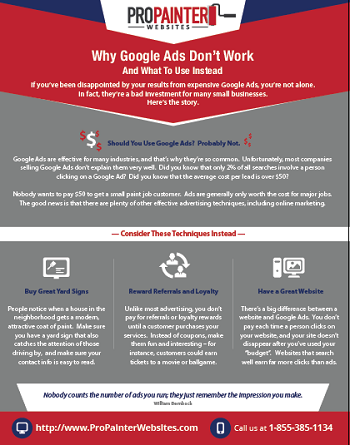Trick Seasonal Considerations For Commercial Exterior Paint: What You Need To Be Educated Regarding
Trick Seasonal Considerations For Commercial Exterior Paint: What You Need To Be Educated Regarding
Blog Article
Article Written By-Burnham Rodriquez
When you're preparing a business external painting job, seasonal elements can make or damage your results. You'll want to take into consideration how temperature and moisture impact paint application and drying times. Choosing the appropriate period can guarantee your paint sticks effectively and lasts longer. However which seasons are genuinely the most effective for this type of job? Let's explore the crucial elements that can impact your task's success.
The Impact of Temperature Level on Paint Application
When you're preparing an industrial outside paint job, the temperature can dramatically affect how well the paint sticks and dries out.
Preferably, best painting company near me intend to paint when temperature levels vary between 50 ° F and 85 ° F. If it's as well chilly, the paint may not heal correctly, causing concerns like peeling off or splitting.
On the other hand, if it's as well hot, the paint can dry out also swiftly, protecting against proper bond and resulting in an unequal coating.
You must additionally consider the time of day; morning or late afternoon provides cooler temperature levels, which can be a lot more desirable.
Constantly examine https://exteriorhousepaintersnear87654.newsbloger.com/35700018/techniques-for-making-best-use-of-results-from-your-painting-solution for the certain paint you're using, as they often offer guidance on the excellent temperature level range for ideal results.
Humidity and Its Result on Drying Times
Temperature level isn't the only environmental element that influences your industrial outside painting job; moisture plays a considerable function too. High humidity degrees can slow down drying out times significantly, influencing the general high quality of your paint job.
When the air is saturated with wetness, the paint takes longer to cure, which can cause concerns like poor bond and a greater threat of mildew development. If you're painting on a particularly damp day, be planned for extended wait times between coats.
It's essential to monitor local weather and plan appropriately. Preferably, aim for moisture levels in between 40% and 70% for optimal drying out.
Keeping these consider mind ensures your project remains on track and provides an enduring coating.
Best Seasons for Commercial Outside Painting Projects
What's the very best time of year for your industrial exterior paint tasks?
Springtime and very early loss are commonly your best options. Throughout these seasons, temperature levels are mild, and humidity levels are commonly lower, creating excellent problems for paint application and drying out.
Prevent summertime's intense heat, which can cause paint to dry too swiftly, bring about poor bond and coating. Likewise, winter season's cold temperature levels can impede appropriate drying out and healing, taking the chance of the longevity of your paint work.
Aim for days with temperature levels between 50 ° F and 85 ° F for ideal results. Keep in mind to examine the regional weather report for rainfall, as damp conditions can spoil your job.
Planning around these elements ensures your painting task runs efficiently and lasts longer.
Final thought
In conclusion, preparing your commercial exterior painting jobs around seasonal considerations can make a considerable difference in the end result. By scheduling job throughout the suitable temperature levels and moisture levels, you'll make sure far better bond and drying out times. Keep in mind to watch on regional weather report and pick the right time of year-- spring and early autumn are your best choices. Taking these steps will certainly help you achieve a durable and specialist surface that lasts.
